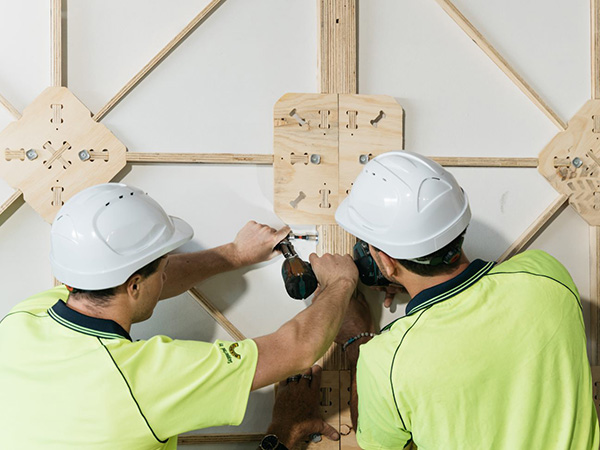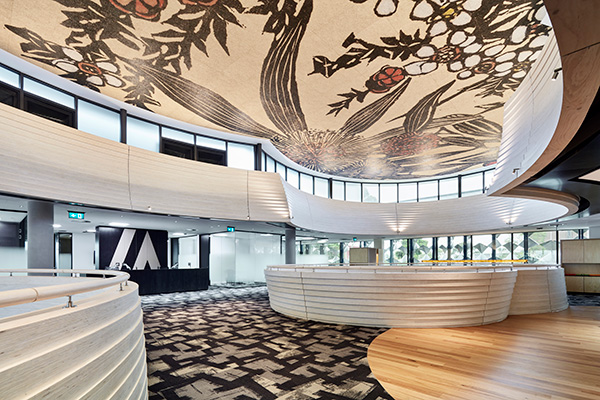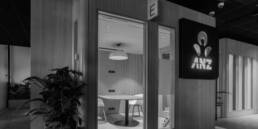Building sustainably in plywood
This B2B Content Marketing article was produced for Carter Holt Harvey Plywood and first appeared on architectureau.com
Many Government and Tier 1 construction projects now have targets in terms of sustainability and social procurement – with some requiring 90 percent or more local content.
Ecoply® plywood is made in Myrtleford in Victoria and the mill has been an integral part of the local community for more than fifty years. The mill provides employment for over 200 locals, supports other local businesses and has an added benefit of attracting new people to the area.
Grown and harvested on the nearby mountains and valleys, the FSC® certified, sustainably grown plantation Radiata Pine that Ecoply is made from, is even local.
In terms of material use, plywood is exceptionally efficient, providing more sheets with less timber and very little waste. Ecoply is made with cross-laminated veneers to make it stronger and more durable than other panel products of the same thickness.
This was important for XFrame creator, Architectural graduate Ged Finch. Finch was inspired to create a reusable, efficient, low-waste building system in response to concerns about the significant amount of waste produced every year by the construction industry.
He developed a system based on circular economy principles, with reusable structural Ecoply wall frame with clip-on components for cladding, so every piece can be dismantled without damage and reused.

Ecoply is available in a variety of thicknesses, appearance and stress grades with C and D surface grades, and either H2-S or H3 LOSP treated against termite and fungal attack.
Ecoply plywood is carbon negative. Even when you take the carbon produced by manufacturing and transportation into account. As the trees grow, they remove CO2 from the atmosphere which is sequestered within the wood itself.
Commonly used for flooring, bracing, interior linings, membrane substrates, hoardings and DIY projects, building with products like Ecoply can make a positive contribution to combating climate change. And locally made products also have fewer carbon miles compared to imported products.

Monash University Chancellery building designed by ARM Architecture features Ecoply in the stepped plywood balustrades that surround the central elliptical void. The Chancellery was built with net zero carbon emissions and was designed to Passivhaus principles.
Ecoply achieves ‘Best Practise product’ credit criteria for Green Star Rating of Responsible Structure, Responsible Envelope and Responsible Finishes. And an Environmental Product Declaration for plywood is available for Green Star credits – which was an important aspect of the decision making and specification process for the Chancellery.
Next time you are using or specifying building products, make a difference and think local.
Related Posts
November 29, 2022
XFrame helps Breathe create a circular store fitout for ANZ
B2B Content Marketing article for…




